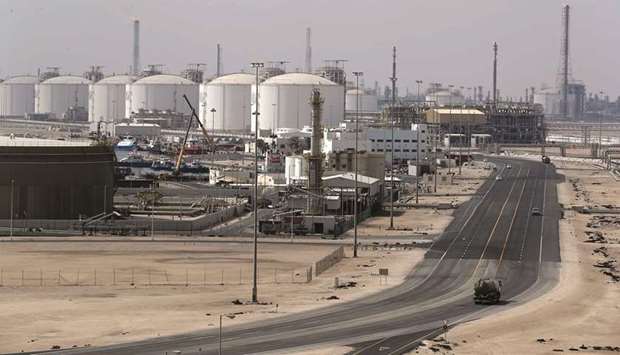Capital Intelligence Ratings (CI), the international credit rating agency, has affirmed the long-term foreign currency rating (LT FCR) and long-term local currency rating (LT LCR) of Qatar at ‘AA-’. The sovereign’s short-term foreign currency rating (ST FCR) and short-term local currency rating (ST LCR) have also been affirmed at ‘A1+’.
The outlook for the ratings remains “stable”, the rating agency said, adding the stable outlook indicates Qatar’s sovereign ratings likely to remain unchanged over the next 12 months. The stable outlook balances substantial fiscal and external buffers against substantial geopolitical risks.
The ratings are supported by substantial government assets under the management of the sovereign wealth fund, the Qatar Investment Authority (QIA), very large hydrocarbon reserves, moderate central government debt and low domestic political risk.
Qatar’s external and public finances are supported by substantial government assets at the QIA, which have been accumulated during years of high oil and gas prices. The International Monetary Fund estimates these to have been a very high $320bn (166% of gross domestic product or GDP) in 2018.
Qatar’s ratings also benefit from very large hydrocarbon reserves and associated export capacity, which in turn provides the government with substantial financial means. Qatar commands over 1.5% of global oil and 12.9% of global gas reserves.
Due to large hydrocarbon exports and a rather small population, GDP per capita stood at an extremely high $68,308 in 2019.
However, the ratings are constrained by the economy’s limited economic diversification, CI said. Economic growth in most non-hydrocarbon sectors depends heavily on hydrocarbon-fuelled credit and fiscal stimulus.
The economy’s current growth dynamics continue to be moderately weak, with real GDP growth estimated to have softened to 1.1% in 2019, from 1.5% in 2018, due to slower non-hydrocarbon growth, particularly in the construction sector.
“Going forward, CI forecasts a slight increase in real GDP growth to 1.6% in 2020 as domestic demand is expected to be buoyed by accelerating domestic credit growth,” it said.
As a result of very large hydrocarbon reserves and the small size of the local population, Qatar has more fiscal space to continue to afford the extensive welfare schemes in the foreseeable future.
CI views the government’s moderate current debt levels as credit positive but considers the large size of the banking sector as an important implicit contingent liability for the government.
Gross central government debt stood at an estimated 54.3% of GDP at end 2019 and is forecast to decrease to 49.9% at end 2021 as CI projects the government to incur still large – albeit decreasing – budget surpluses over the forecast horizon.

Qatar’s ratings benefit from very large hydrocarbon reserves and associated export capacity, according to CI.



